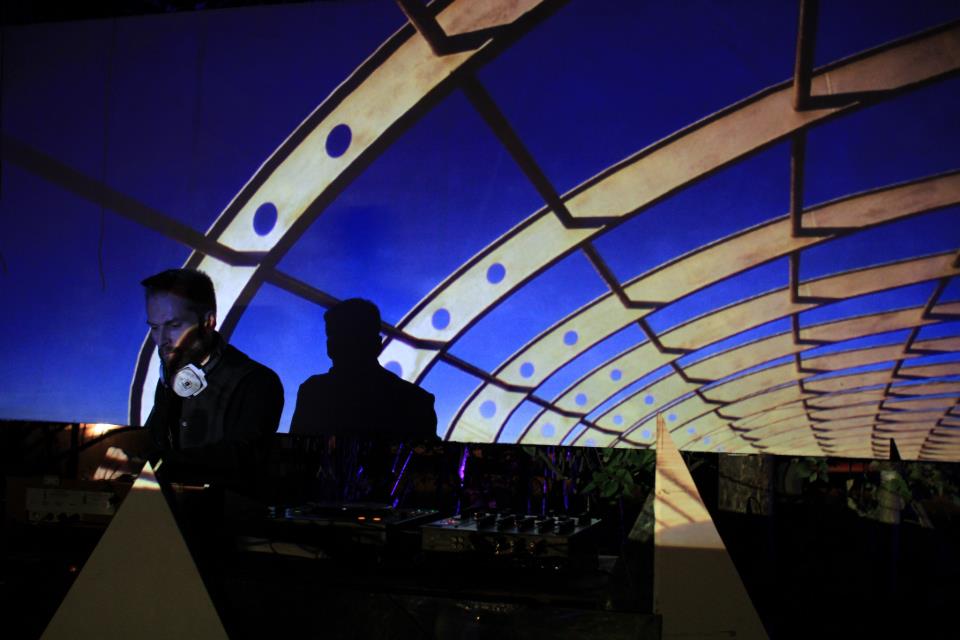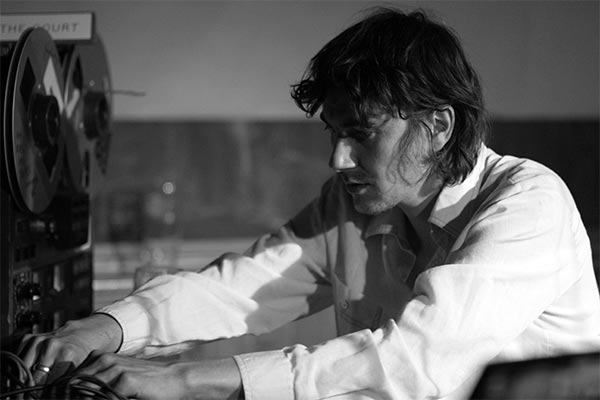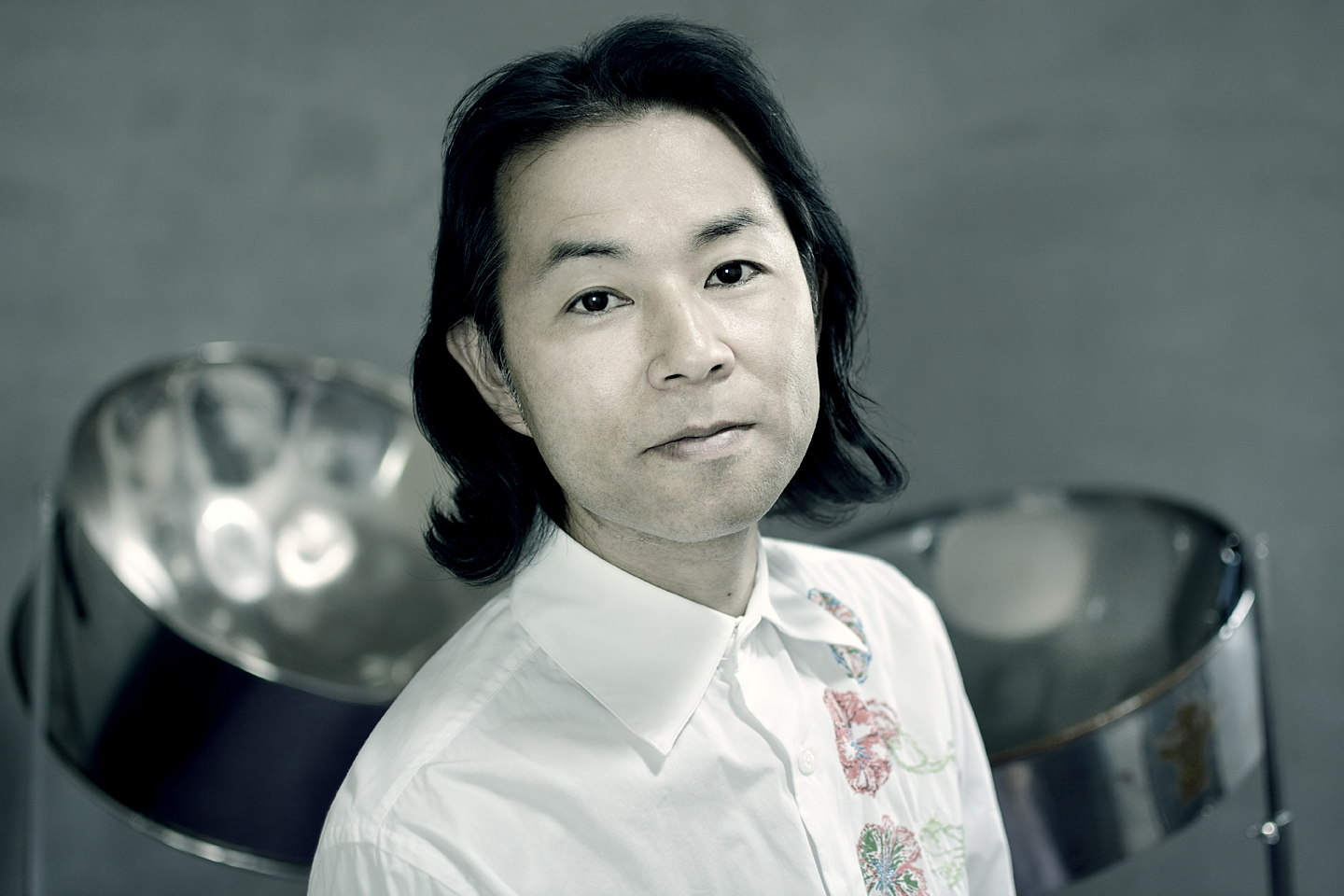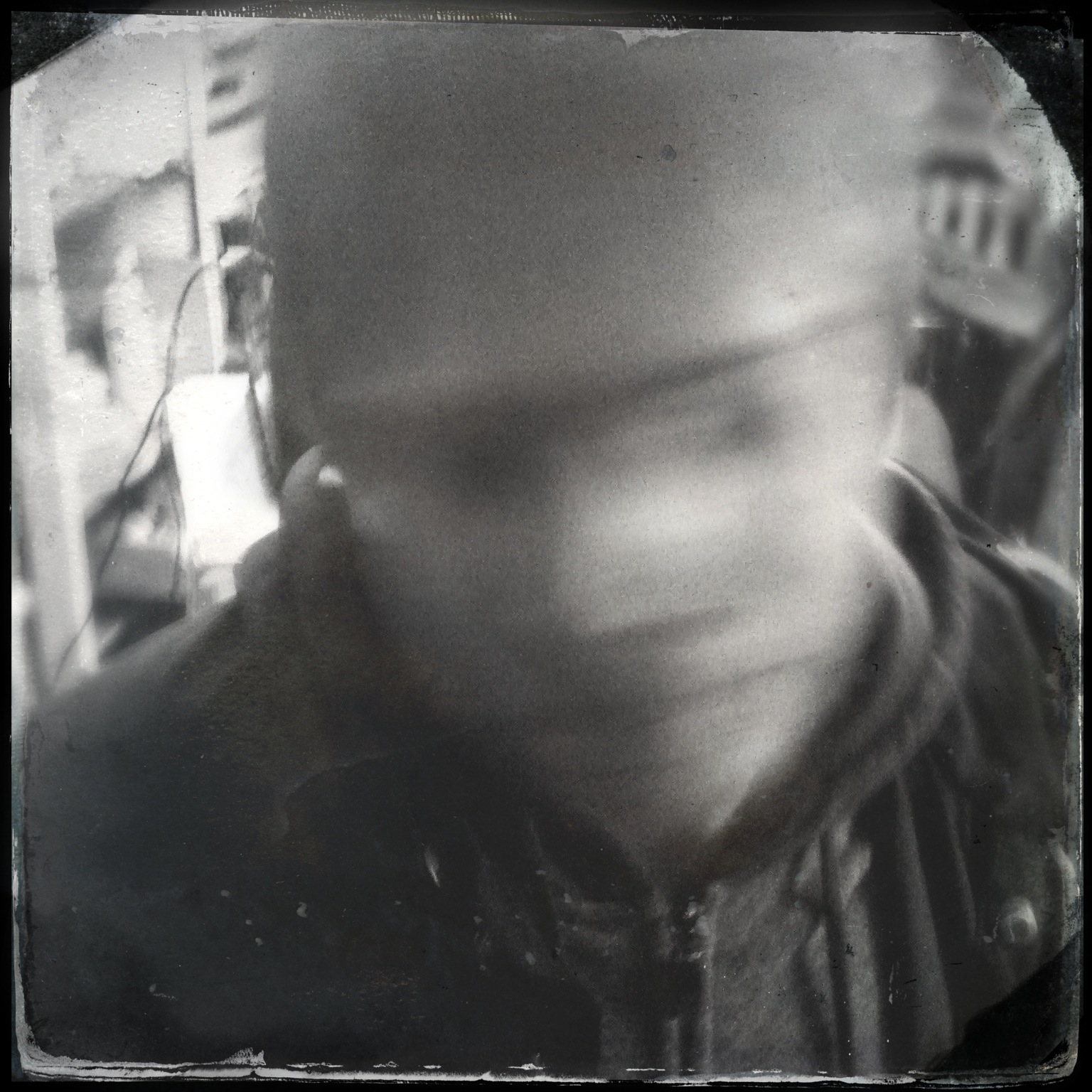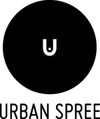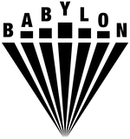Sound Art Program curated by Sergey Komarov and Vlad Dobrovolski
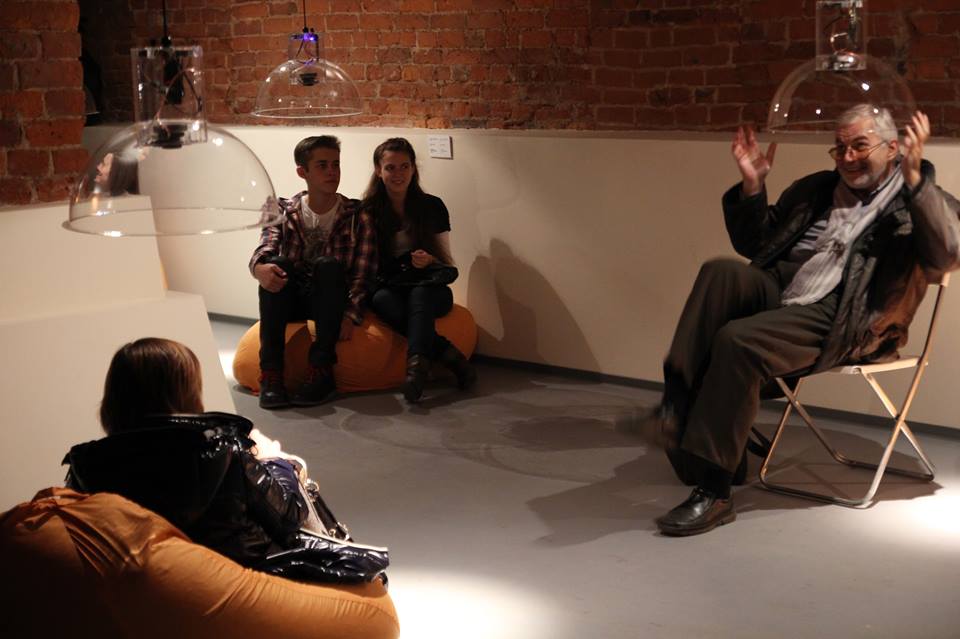
AETHER
-
Nick Edwards is an experimental electronic sound artist from Bristol, widely known as Ekoplekz.
Edwards started exploring sound and fixing the results direct to tape in the late 80s with the help of primitive analog equipment. Edwards hasn’t lost his creativeness principles formed under the influence of early electronics and radiophonics to 70s dub, industrial and krautrock, newer forms of leftfield dance music and the post-noise experimental vanguard.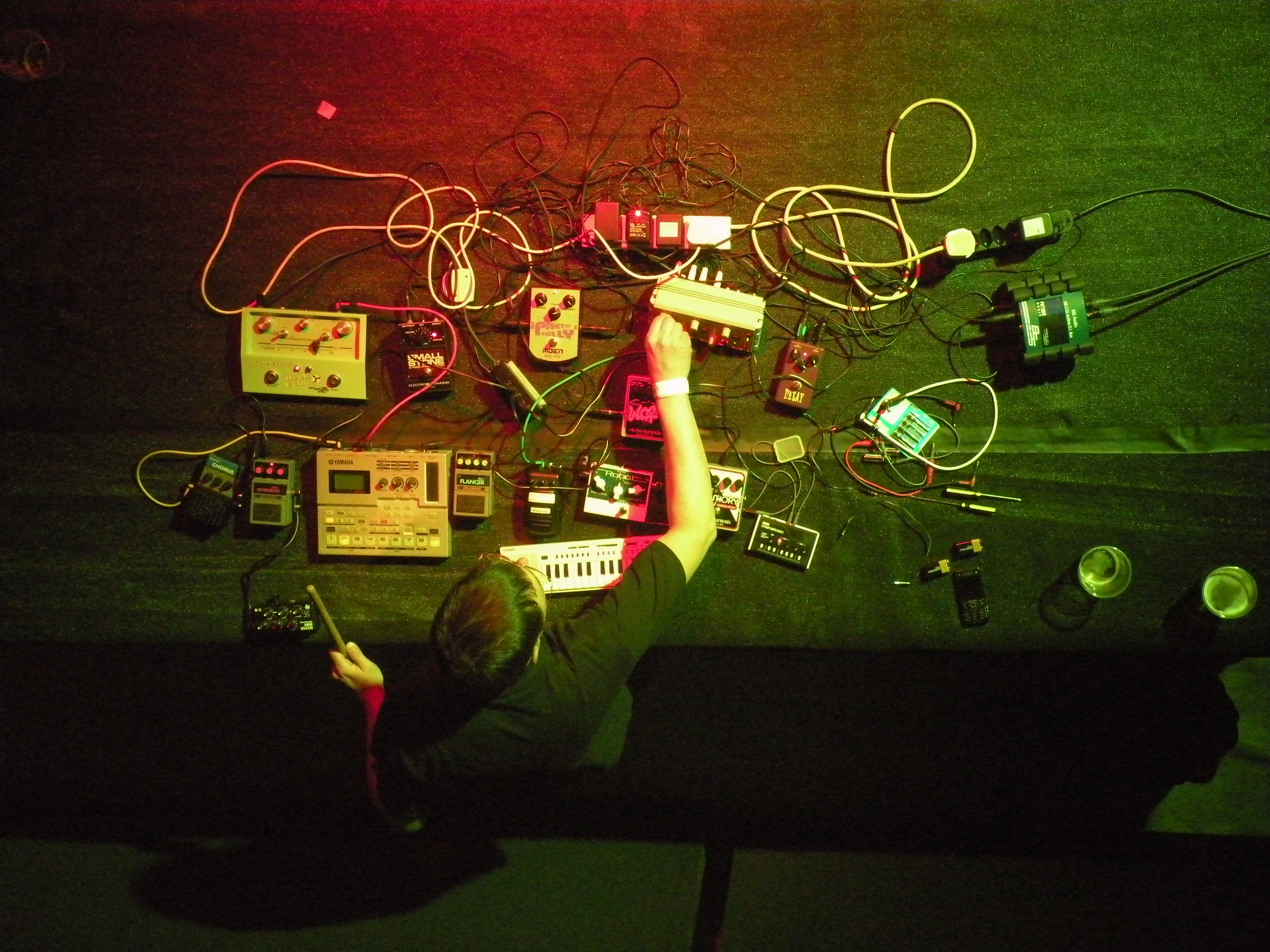
Nick Edwards (Photo by Olivier Rossel) -
Reaching out for the impossible while love is running underneath, under his skin, running all over, like a rhizome. Those two parts by Peter Vogel may stand as a phenomenon. He want you to feel them. They are already there. That's why they can easily be forgotten.
Ephemeral as petals conjures a nuanced, emotion drenched world from a minimalist core between inconstante patterns and pianos. Vogel efforts slides from bombast to mournful chant effortlessly, with the instrumental space between quick passages serving to amplify its affecting resonance. From interpretations of his own standards to his own compositions, these pieces make for a difficult but captivating direction in Vogel world of sound. -
Imagine the Disklavier in the center of the stage, the composer/performer somewhat distant to the side. Several microphones are put into position not over the strings, but this time at the hammers and keys. Remotely controlled by the composer/performer, the piano produces constantly rumbled and crackled noises, often very rhythmically, occasionally ringing strings are added on top, or stopping for a few seconds on a chord. On a musical level this piece explores the sonic capabilities of the Disklavier machines. These instruments have hidden sonic qualities, and I try to explore these the same way I do with guitars for 20 years. The music will develop slowly, as there is a lot to discover for the listener.

Hans Tammen (Photo by Lauren Camarata) -
::vtol:: is a project of an artist, musician and the strange-sounding machines creator Moscow based Dmitry Morozov. Circuit bending has become his main engineering and creative approach to composition — the creative customization of the circuits within electronic devices such as low voltage, battery-powered guitar effects, children's toys and small digital synthesizers to create new musical or visual instruments and sound generators.
-
Born in Omsk, Russia, Vlad Dobrovolski is recognized in the local art community as an improviser, curator and sound artist. His sound installations, audio objects and live performances focus on the values of accidents and it’s unique, complicated possibilities with sound emitting analog machinery.
Influenced by improvisation in contemporary art, his work expands outside of the sound world straddling different disciplines of interest.
Dobrovolski also works as a sound art curator for CYLAND Audio Archive, collaborating with sound artists around the world. Being a curator helps to expand his artistic research when developing new projects for his own practice. -
The use of amateurism and error as a means of composition characterize the art of Pete Um. It is important to understand that to be able to appreciate Pete's work for CAA. His off-kilter methodology and stumbling attitude is still present, but it's drenched in an abrasive and tape-hissy miasma. Worth it alone for transmutation. Here are the most intricate drones one has ever heard, analog meditations on life, anxiety, and death, bringing an incredible depth to what could have been a very flat sound, tape hiss clear as day with the distant warbles and close ripples sounding as if they’re inside your head, immaculate dreams filled with soft synths, galvanic and calming on so many levels, the silence is anything but, embedding the slightest shred of suddenness into every next moment, and going full on lumpy euphoria in the most restrained way, a heaven we never knew existed and never want to leave, this is masterful in its strange beauty, a perfect goddamn record.
-
The sounds of Jonas Gruska occur sharply out of nowhere, teasing the ears with their presence, and quietly dance around the focus before fading out again returning the listener to the oscillating soundscape.
These laboratory inspired compositions presented here are recorded by Jonas Gruska in analog study of the Royal Conservatory in The Hague. The fact adds a subtle presence to the surroundings — not in competition with the natural sounds, but complementing it: hinting at the unseen processes connected with the potential grain growth. The result is an experience that connects the listener to the hidden but ever present micro-world of granular activity and the underlying processes of the emergence of sound itself.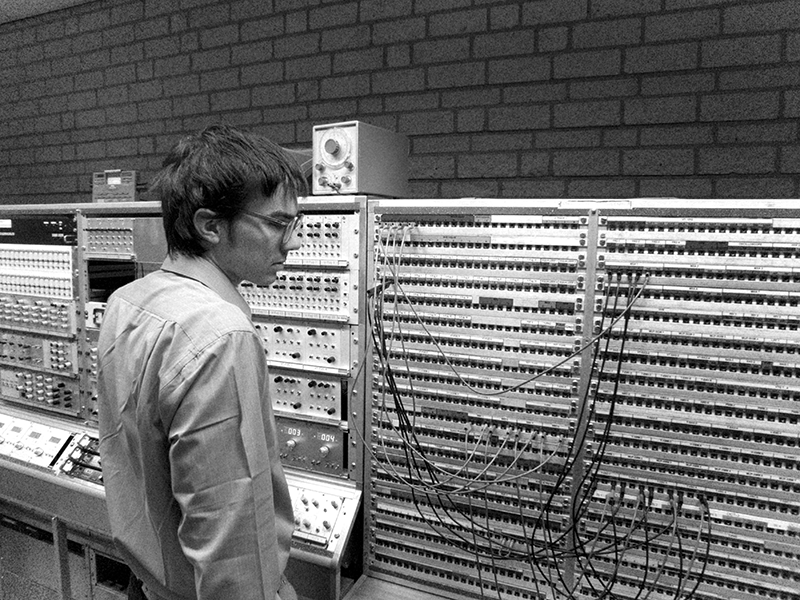
Jonas Gruska (Photo by Vladimir Dziuban) -
Yoshio Machida is Tokyo’s resident master of Steel Pan and EMS Synthi AKS synthesizer. His music ranges from completely abstract and challenging to pleasantly rhythmic and infectious. CAA#10 was grafted soul of an analogue-based futuristic technology, leaving the audience with a wide span of inner-space that competes with the vortex of the unknown. Instrument design is a key to Yoshio Machida creative technique:
«These pieces are made by only EMS Synthi AKS. I focused on function of „repetition“ in this modular synthesizer, i.e. LFO, envelope generator, sequencer and feedback. These functions can make something organic repetition phase.»
Machida’s rhythms are a little off and every now and then he plays inscrutably, but the music has it’s own angelic pulse and when you start feeling it becomes pretty magical. -
Cloud Voice. Do you hear any dreams of hanging in the clouds which you have all visualised in your imagination at least once? As wind passes over the ground, air in contact with the surface is slowed by friction, while the air above continues at the unimpeded speed. This creates many thousands of rolling vortices, and depending on the wind speed and roughness of the terrain, these can extend upwards for a considerable height.
Your flying will encounter “bumpiness” called audio turbulence, that occurs in the sound perception of the surrounding space. When strong winds blow over you, the air can organise itself into large organised sound waves that extend several metres downstream. Very powerful rising and falling air currents are often present in these sound waves and organised bands of clouds sometimes form near the wave peaks. These waves we called cloud voices because of the characteristic effect they often adopt.
Visit Sound Art Program at The WYE (Berlin, Skalitzer Str. 86)
from November 13 to 17 2013
The WYE is an international art and technology hub spanning 2000 m2 of the historic Post building in the heart of Kreuzberg, Berlin. An incubator for local and international innovators, the space serves as a platform to elevate professionalism and exchange between the Art and Tech industries in Berlin. Opened in Fall of 2012, The WYE’s private studios, coworking and large event spaces have hosted cross disciplinary projects including Sound Development City, The Reader Awards, Seedcamp, Goethe Institute Mexico, Hardware Berlin, Kreuzberg Pavillon, Berlin Film Society, Berlin Fashion Week, Retune Festival and Service Design Berlin Conference among many others redefining the culture of innovation in Berlin.





